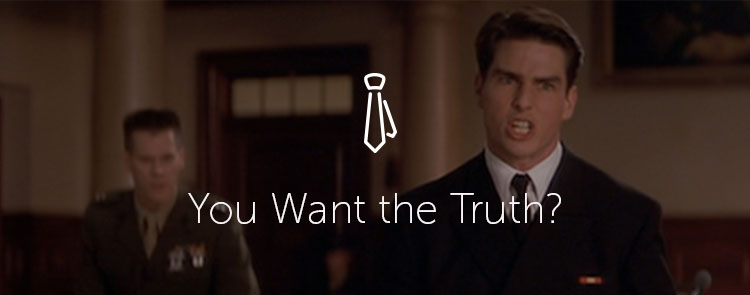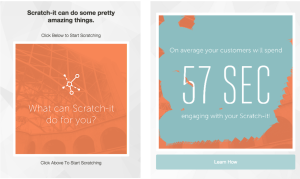“He said my email was beautiful. The graphics were tantalizing, but the results… lousy.”
I recently reviewed an email for a client who was trying to create an outstanding marketing campaign for a fortune 100 company. She was equipped with a terrific email design team that had won numerous awards. And yet, as I looked through it I could see the problem she was concerned about: it was too stylish. They had designed it beautifully, mimicking other emails they had all loved. They used every best practice in the book. But by doing everything “right” there was nothing distinctive about her email at all.
As we talked it became clear that the email was only the symptom of a deeper issue. In an attempt to be aesthetically pleasing she, myself, and so many of our peers had copied the design of other aesthetically beautiful emails. This creates a never-ending cycle of impeccable emails with appalling results.
While these emails look nice on the outside, they often don’t convert, because they don’t stand out.
The human brain is weird. If it sees something “orderly” or beautiful it will look, but if it sees something new, messy, or unsightly, it will focus.
Direct mail marketers know this well. They send ugly, and frankly jacked up mail all the time, because, drumroll please…. they get opened. Their ugliness enthralls recipients.
Direct mail marketing guru Lew Smith, summed this concept up as “neatness rejects involvement.”
Essentially if a thing is too neat and tidy, a reader will look at it and say, “I’ve seen that before” and move on.
In the case of my client, her graphics overshadowed the copy, and didn’t grab the readers.
She had ended up overworking, paying two designers fulltime for a day, and came away with a beautifully polished email that looked like everyone else’s.
So what’s the moral of the story here?
Get BIG, Bold, and Ugly.
For those of you who have tested hundreds of emails across multiple industries, have you ever noticed how ugly emails with BIG copy often convert better than their image heavy counterparts?
I’ve personally seen this hundreds of times. It baffles me, it isn’t always true, but more times than not – it is.
I’ll give you another real world example.
Our company, Scratch-it has a recommended format for our emails.
It’s simple, one to two headlines, an embedded image of our very cool interactive scratch-it in the middle, a header/footer, and a strong CTA.
It looks a lot like this:
On my second day at the company I had a client call me to tell me that the Scratch-it we designed for him was great but that our suggested format was ugly, and that he wanted to change it for his newsletter. I persuaded him to try it out in this format once, and if he didn’t like his results he could modify the template design.
And guess what?
His “ugly” email had a higher click to open rate than any other email he had ever sent – 62%.
This format worked wonders and industry leaders soon began to take notice of our Scratch-its for their campaigns. However, many of them wanted to keep the Scratch-it but “pretty up” the email template design, by adding more graphics, links and complexities.
These Scratch-its did well, and our clients were ecstatic, but their click to open rates were about 32-44%, a good 10% lower then our average. What they failed to understand is that a short email, with relatively little graphics, and a messy look often performs much higher than their perfect bordered, GIF heavy, italicized lettered, image clad emails.
Today, we urge clients to keep our simple format, with its big clunky headlines, short text, and strong CTA because we know that the “uglier” format converts.
My question to you all: what makes a beautiful email design?
Is it ugly email design that leverages the copy to sell, or beautiful imagery that wins awards but fails to convert?
Personally I think Simon Spencer said it best, “ugly works.”

